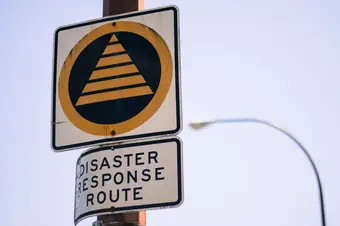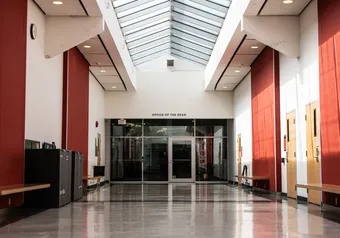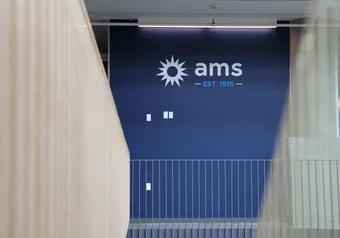In order to reduce the seismic risk of buildings on campus, UBC Infrastructure Development is planning to update UBC’s seismic mitigation plan.
There is a reasonable probability — estimates range from 10 per cent to one in three — within the next 50 years that Vancouver will face a significant seismic event (the "Big One"). Out of a total inventory of 400 structures, a 2012 Seismic Risk Assessment Report dubbed 28 buildings on campus “very high risk” and 12 “high risk” — assessments that included a note of “loss of life probable” should such a seismic event occur.
The mitigation plan update is UBC’s most recent step in implementing change to their outdated system in regards to seismic risk.
As part of the new seismic plan, UBC Infrastructure Development is hoping to accelerate the seismic mitigation of high and very high-risk buildings, to bring the plan up to date in terms of seismic science and latest building codes and to address the risk within the university’s logistical and financial capabilities.
“We will be reassessing all campus buildings to make sure that we are reflecting the latest seismic thinking in terms of seismic hazard,” said John Metras, the managing director for UBC’s Infrastructure Development. "The national building code was just updated in 2015 and it has increased requirements for seismic performance, so we want to make sure that we are ahead of the curve and that we’re incorporating that enhanced building code requirement in our planning.”
Although life safety is paramount to the new plan, UBC Infrastructure Development is also exploring ways to ensure facilities are resilient, so that teaching and research can be brought back in line quickly and effectively following a seismic event.
In addition, research facilities across the UBC campus such as the Earthquake Engineering Research Facility are continuing to study the behavior of structures under potential seismic events to improve the university’s earthquake preparedness and to reduce seismic risk in the province.
On June 21, UBC’s Earthquake Engineering Research Facility performed a demonstration of their new shake table and earthquake early warning system. The warning system, developed two years ago with the Minister of Transportation, provides notifications about the intensity of a potential earthquake, thus ensuring that people can take adequate precautions to protect themselves. Meanwhile the shake table acts like an earthquake simulator, allowing researchers to understand and analyze how earthquakes affect structures and how they can be retrofitted to minimize seismic risk.
“Many of these structures were designed many years ago and the technology and knowledge about earthquakes has changed very fast in the last 30 years,” said Dr. Carlos Ventura, the director of the Earthquake Engineering Research Facility. “So we need to make sure that existing structures will perform well and that people will be safe. Also, for the new buildings, we need to be sure that the building code provisions are adequate for the earthquakes that we foresee in BC.”
UBC first conducted a comprehensive seismic assessment in 1994. Since 2012’s concerning report, seismic upgrades have been completed and are currently under way in design and construction on five of those buildings, including the Henry Angus office tower and the BioSciences complex.
“UBC Infrastructure Development has been looking after seismic mitigation on campus for over 20 years. There are still a number of buildings that need to be retrofitted but UBC has been diligent in addressing the seismic risk that some of the buildings on campus have,” said Ventura.
First online
Share this article








